100 Most Loved Characters in English Children’s Literature
A Journey Through Centuries of Beloved Literary Companions
The pantheon of English children’s literature sparkles with characters who have transcended the boundaries of their original texts to become cultural icons, psychological archetypes, and cherished companions to generations of readers. From the curious Alice tumbling down the rabbit hole to the boy wizard Harry Potter navigating the corridors of Hogwarts, these literary creations represent far more than entertainment—they embody the evolution of childhood itself, reflecting changing societal values, pedagogical philosophies, and the enduring human need for stories that both challenge and comfort the developing imagination.
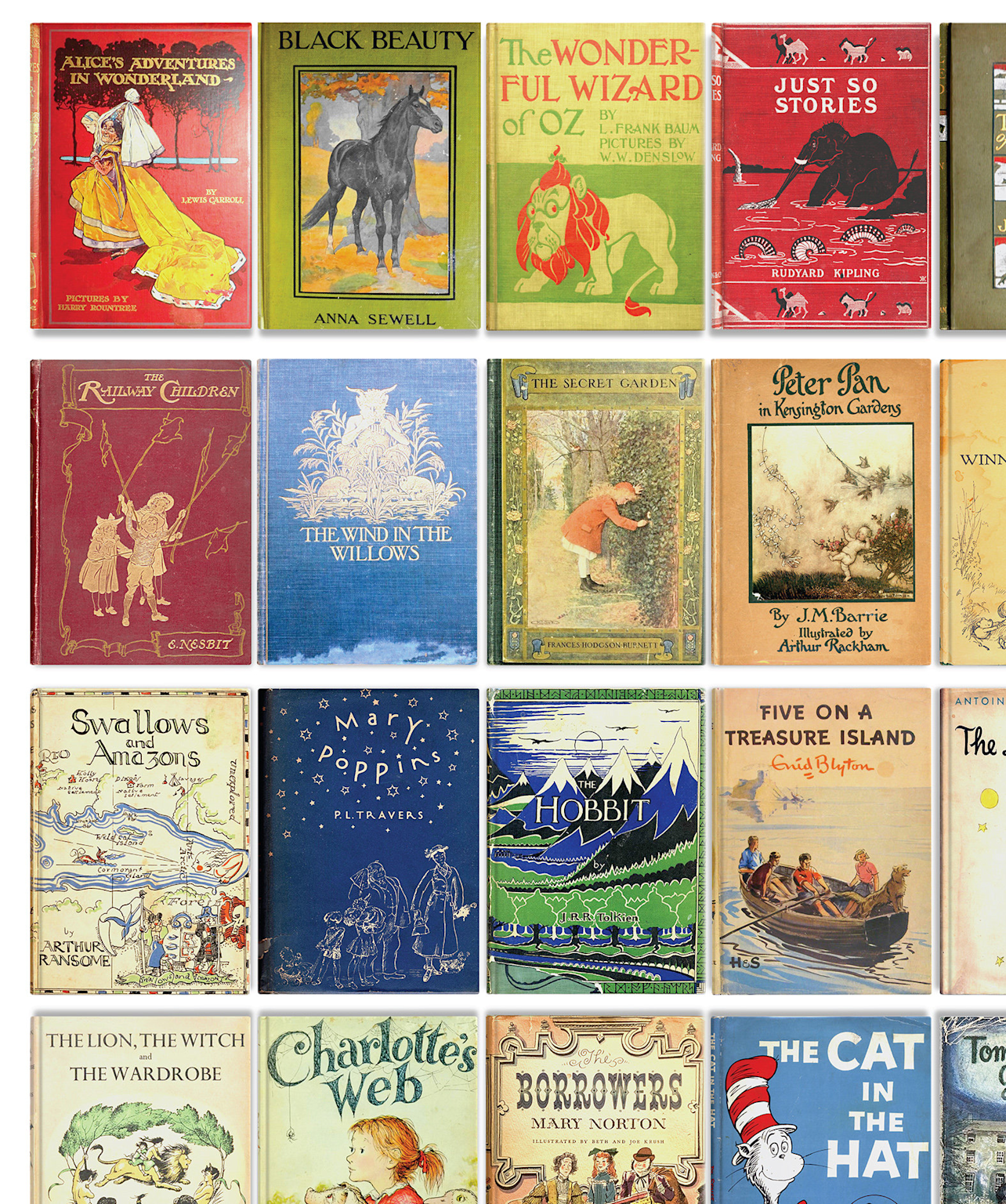
Classic English children’s book covers featuring timeless literary works and beloved characters.
The Golden Foundations: Victorian and Edwardian Pioneers
Alice: The Archetypal Curious Child
No exploration of beloved children’s literature characters can commence without acknowledging Lewis Carroll’s Alice, whose 1865 debut in Alice’s Adventures in Wonderland fundamentally transformed the landscape of children’s fiction. Carroll’s creation represented a revolutionary departure from the didactic, morally instructive tales that dominated earlier children’s literature. Alice embodies the Victorian ideal of childhood curiosity while simultaneously subverting adult authority through her logical questioning of Wonderland’s absurdities.
Characterized by Carroll as “loving and gentle,” “courteous to all,” “trustful,” and “wildly curious,” Alice demonstrates a sophisticated balance between innocence and skepticism. Her journey through Wonderland serves as both psychological exploration and social commentary, with scholars noting her representation of the child’s struggle to navigate adult inconsistencies and arbitrary rules. The tension between Alice’s rational Victorian upbringing and the mad logic of Wonderland creates a narrative framework that continues to resonate with contemporary readers facing their own bewildering adult worlds.
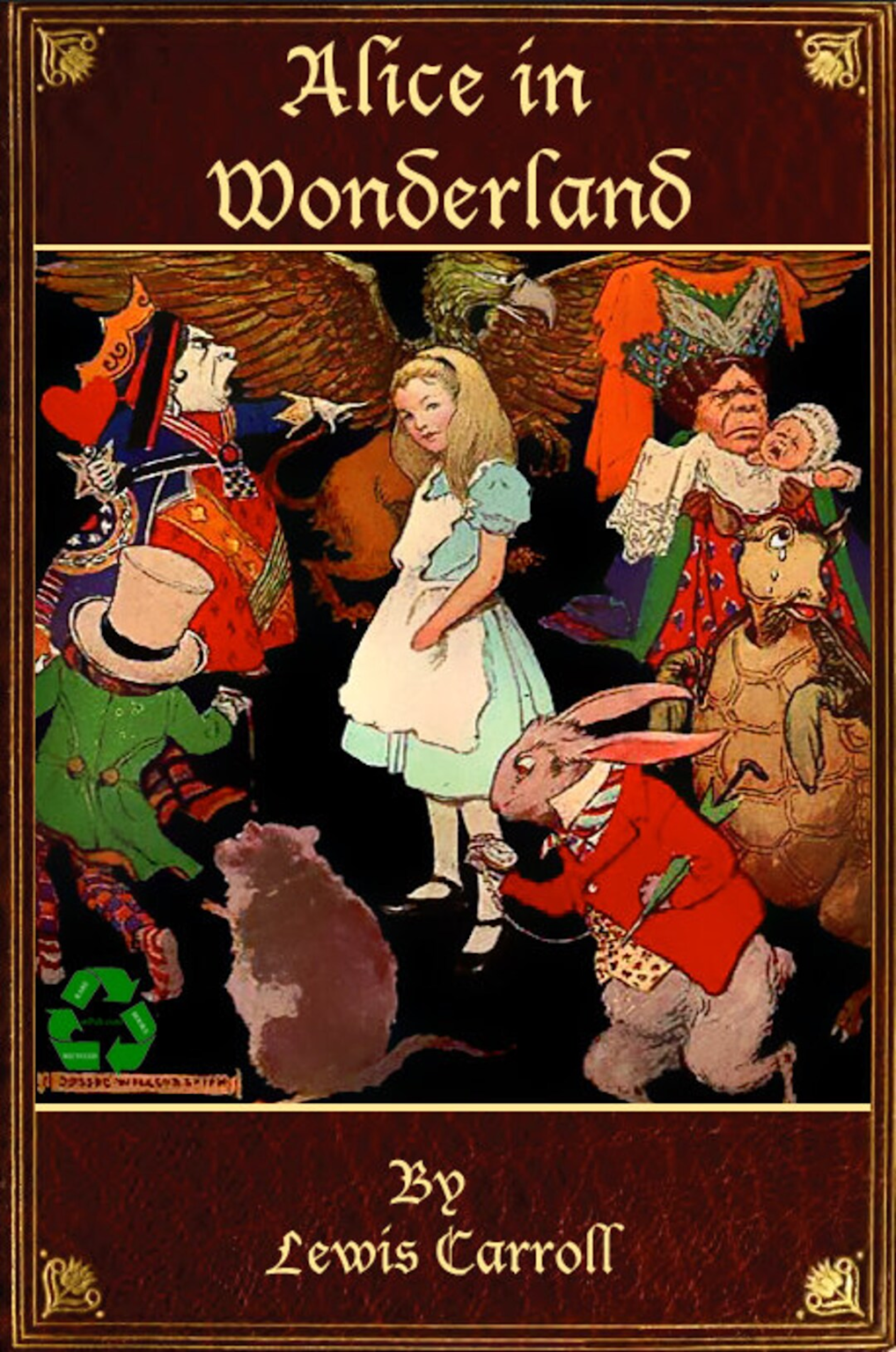
Illustration of Alice and key characters from Lewis Carroll’s “Alice in Wonderland,” reflecting John Tenniel’s classic style.
The Anthropomorphic Revolution: Potter’s Peter Rabbit
Beatrix Potter’s Peter Rabbit, first appearing in 1902, established the template for the anthropomorphic animal character that would dominate children’s literature for decades. Potter’s genius lay not merely in her exquisite watercolor illustrations but in her creation of a character who embodied both childlike disobedience and natural consequence. Peter’s adventure in Mr. McGregor’s garden represents a masterclass in character development within a deceptively simple narrative structure.
The character analysis reveals Peter as neither wholly naughty nor entirely innocent, but rather a realistic child-figure whose curiosity leads to both wonder and trouble. His character arc—from mischievous rule-breaking through genuine fear and exhaustion to ultimate return home—mirrors the classic pattern of childhood transgression, consequence, and parental forgiveness that continues to resonate with both children and adults.
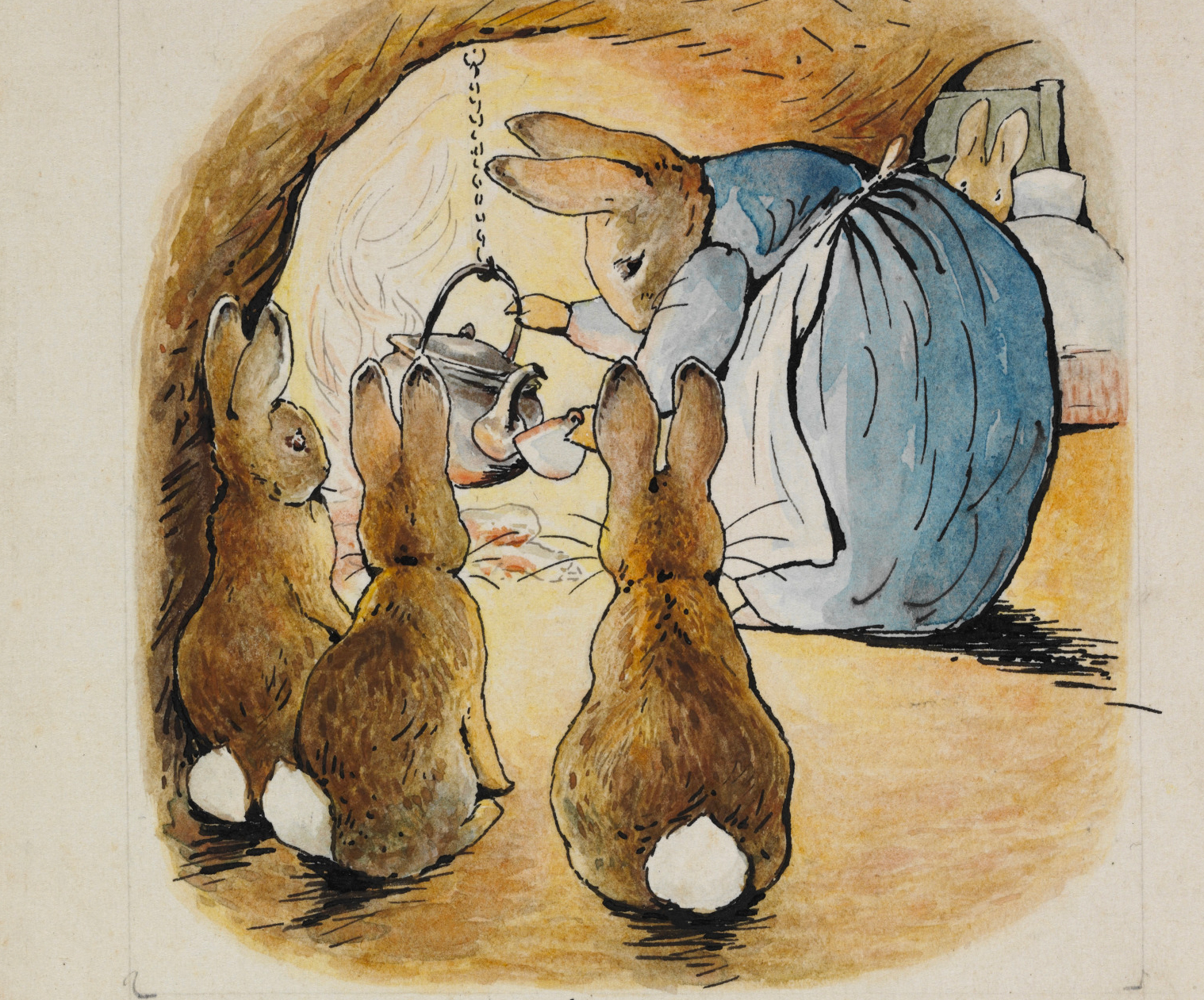
Beatrix Potter’s original watercolor illustration of rabbits gathered in a cozy setting, exemplifying the charming artistry of English children’s literature icons like Peter Rabbit high
The Timeless Appeal of Milne’s Hundred Acre Wood
Winnie-the-Pooh: Philosophical Bear of Very Little Brain
A.A. Milne’s creation of Winnie-the-Pooh in 1926 achieved something remarkable: a character simultaneously simple enough for children yet sophisticated enough to inspire philosophical treatises. The bear “of very little brain” paradoxically embodies profound wisdom about friendship, contentment, and the art of living in the present moment.
Academic analysis reveals that Pooh’s enduring appeal stems from his representation of uncomplicated goodness in an increasingly complex world. His relationships with Christopher Robin, Piglet, Eeyore, and the other inhabitants of the Hundred Acre Wood provide models for loyalty, acceptance of difference, and the value of community. The philosophical underpinnings of Milne’s creation have been noted by scholars who argue that the stories present accessible wisdom about “how to live a good life”—comparable to ancient Greek philosophy but expressed through the adventures of a stuffed bear.
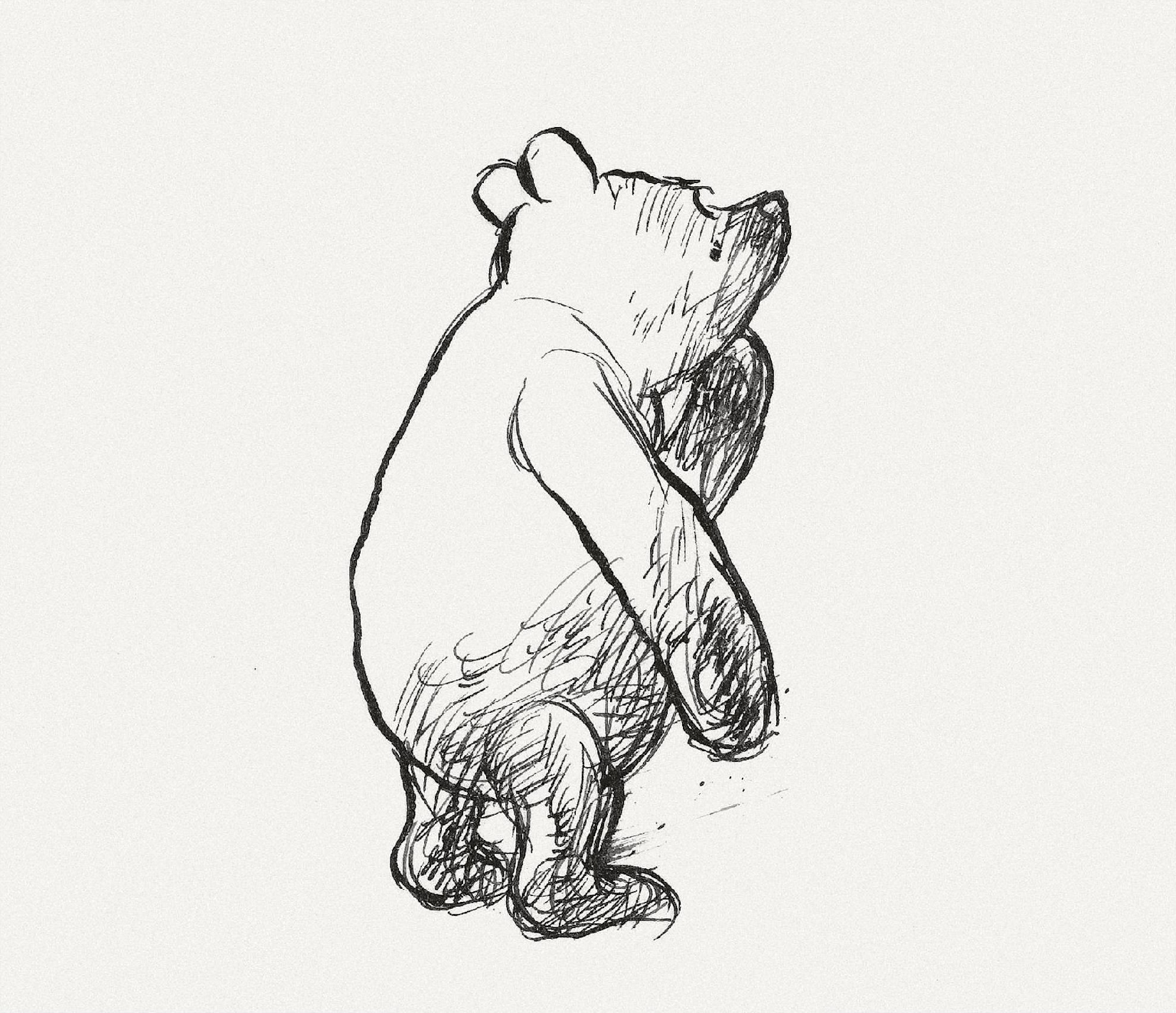
Original black and white sketch of Winnie the Pooh by E.H. Shepard, capturing the classic bear’s thoughtful expression.
Mid-Century Marvels and Post-War Reimaginings
The Rise of Contemporary Realism
The post-war era brought significant changes to children’s literature, with authors beginning to address more complex psychological and social realities. This period saw the emergence of characters who dealt with authentic childhood struggles rather than fantastical adventures. The shift represented a broader cultural recognition of children as complex individuals with genuine emotional lives requiring sophisticated literary representation.

Timeline of Beloved English Children’s Literature Characters (1744-Present)
The Phenomenon of Roald Dahl’s Subversive Characters
Matilda: The Empowered Young Intellect
Roald Dahl’s Matilda Wormwood represents a revolutionary figure in children’s literature—a character who embodies both intellectual precocity and supernatural empowerment. Created in 1988, Matilda challenged traditional gender roles and power structures by presenting a young girl who refuses to accept adult authority when it proves corrupt or negligent.
The psychological complexity of Matilda’s character has attracted extensive academic analysis. Her telekinetic powers serve as metaphors for the untapped potential within all children, while her relationship with the benevolent Miss Honey provides a counter-narrative to the neglect she experiences from her parents and the tyranny she faces from Miss Trunchbull. Dahl’s creation speaks to themes of intellectual empowerment, justice, and the transformative power of education.
The BFG: Gentle Giant as Protector Figure
The Big Friendly Giant exemplifies Dahl’s ability to subvert expectations and create characters of surprising depth. Unlike traditional threatening giants of folklore, the BFG represents protection, dreamgiving, and linguistic creativity. His unique speech patterns and gentle nature toward children create a character who embodies the adult as child-protector rather than child-controller—a significant departure from traditional adult-child power dynamics in children’s literature.
The Literary Revolution: J.K. Rowling’s Wizarding World
Harry Potter: The Modern Mythological Hero
Harry Potter’s emergence in 1997 represents perhaps the most significant development in children’s literature since Carroll’s Alice. J.K. Rowling’s creation succeeded in bridging the gap between children’s and adult literature, creating a character whose appeal transcended traditional age boundaries.
The psychological depth of Harry’s character development across seven books demonstrates unprecedented complexity in children’s literature. His journey from neglected orphan to confident young adult, complicated by themes of loss, responsibility, and moral ambiguity, represents a sophisticated approach to character development that respects young readers’ intellectual and emotional capabilities. The series’ impact on reading culture cannot be overstated—research indicates that three out of four children who read Harry Potter became motivated to read additional books.
The Art of Anthropomorphism: Animal Characters as Human Mirrors
Kenneth Grahame’s Wind in the Willows
The characters of Mole, Rat, Toad, and Badger from Kenneth Grahame’s 1908 masterpiece represent some of literature’s most sophisticated anthropomorphic creations. Each character embodies distinct human personality types while maintaining believable animal characteristics, creating a psychological complexity that has sustained their appeal for over a century.
Grahame’s genius lies in his creation of characters who represent different approaches to life: Mole’s cautious discovery of the wider world, Rat’s contentment with simple pleasures, Toad’s manic pursuit of novelty, and Badger’s wise authority. Their friendship dynamic provides a model for accepting and supporting diverse personality types while maintaining community bonds.
E.B. White’s Charlotte’s Web: The Wisdom of Sacrifice
Charlotte the spider represents one of children’s literature’s most profound character creations. Her friendship with Wilbur the pig transcends species boundaries to explore themes of mortality, legacy, and selfless love. The character’s final sacrifice—saving Wilbur’s life while accepting her own death—introduces young readers to complex philosophical concepts through emotionally accessible narrative.
The anthropomorphic genius of Charlotte lies in White’s ability to create a character who embodies both spider-like characteristics and deeply human wisdom. Her web-writing represents the power of language and storytelling to transform reality—a meta-literary achievement that celebrates the very medium in which she exists.

Most Popular Character Types in English Children’s Literature
The Psychology of Fantasy: Escapism and Growth
C.S. Lewis’s Narnia Chronicles
The Pevensie children—Peter, Susan, Edmund, and Lucy—represent archetypal childhood responses to extraordinary circumstances. Lewis’s creation of these characters demonstrates sophisticated understanding of child psychology and moral development. Each character embodies different aspects of childhood experience: Peter’s leadership instincts, Susan’s practical caution, Edmund’s moral struggles, and Lucy’s unwavering faith.
The psychological analysis of Lucy Pevensie reveals particularly sophisticated character development. Her journey from shy, dismissed youngest child to confident queen represents a transformative arc that explores themes of believing in oneself, moral courage, and the power of imagination to reshape reality. Lewis’s handling of Lucy’s character development demonstrates how fantasy literature can provide frameworks for real psychological.
Maurice Sendak’s Max: The Wild Child Tamed
Max from Where the Wild Things Are represents a revolutionary approach to depicting childhood anger and rebellion. Sendak’s 1963 creation acknowledged that children experience genuine rage and frustration while providing a framework for understanding and managing these emotions.
The psychological sophistication of Max’s character lies in Sendak’s refusal to demonize childhood anger. Instead, Max’s journey to the land of the Wild Things represents a healthy processing of difficult emotions through imaginative play. His eventual return home demonstrates the child’s underlying need for security and love, even when expressing rebellion against authority.
Gender Representation and Evolving Social Consciousness
Breaking Stereotypes: Strong Female Characters
The evolution of female characters in English children’s literature reflects broader social changes regarding gender roles and expectations. From Alice’s logical questioning to Matilda’s intellectual rebellion, female characters have increasingly represented agency, intelligence, and independence rather than passive femininity.
George (Georgina) from Enid Blyton’s Famous Five series represents an early attempt to challenge gender conventions, though contemporary analysis reveals the limitations of early feminist representation. Her insistence on masculine presentation while rejecting feminine traits reflects the period’s inability to imagine strong femininity as valuable in itself.
Contemporary Inclusivity and Diversity
Modern children’s literature has increasingly embraced diverse representation that reflects contemporary social consciousness. Contemporary beloved characters represent various ethnicities, abilities, family structures, and identity expressions, acknowledging that all children deserve to see themselves reflected in literature.
Literary Techniques: Creating Lasting Appeal
The Power of Voice and Language
The most enduring children’s literature characters possess distinctive voices that contribute significantly to their memorability. From the BFG’s playful language invention to Harry Potter’s authentic adolescent voice, successful character creation involves careful attention to linguistic authenticity.
Character naming also plays a crucial role in creating memorable figures. Research into charactonyms—names that reflect character traits—reveals how authors use nomenclature to provide immediate personality insight while creating euphonious appellations that aid memorization.
Symbolism and Archetypal Resonance
The most beloved characters often function as symbols or archetypes that transcend their specific narratives. Alice represents curiosity and logical thinking; Winnie-the-Pooh embodies contentment and loyalty; Harry Potter symbolizes the hero’s journey and coming-of-age resilience. These symbolic dimensions allow characters to speak to universal human experiences across cultural and temporal boundaries.
The Educational and Psychological Impact
Character Development and Moral Learning
Children’s literature characters serve as models for moral development and social behavior. Research demonstrates that children learn social skills, empathy, and ethical reasoning through engagement with literary characters who face moral dilemmas and demonstrate various behavioral choices.
The psychological impact of beloved characters extends beyond entertainment to include therapeutic benefits. Stories featuring characters who overcome adversity, process difficult emotions, or navigate social challenges provide young readers with frameworks for understanding their own experiences.
Cognitive Development and Imagination
Engagement with complex characters promotes cognitive development through several mechanisms. Children must track character motivations, predict behavior, understand cause-and-effect relationships, and engage in perspective-taking—all crucial cognitive skills that transfer to real-world social and academic success.
The imaginative engagement required by fantasy characters particularly enhances creative thinking abilities. Children who regularly engage with imaginative literature demonstrate enhanced creative problem-solving skills and increased tolerance for ambiguity.
The Digital Age and Character Evolution
Contemporary Challenges and Opportunities
Modern beloved characters must navigate the digital landscape while maintaining the timeless qualities that create lasting appeal. Contemporary children’s literature faces the challenge of creating characters who resonate with digitally native audiences while addressing contemporary social realities.
The rise of multimedia storytelling has created new opportunities for character development and engagement. Characters can now exist across multiple platforms—books, films, games, and interactive media—creating richer, more immersive character relationships.
Cultural Impact and Literary Legacy
Global Influence and Translation
The most beloved English children’s literature characters have achieved global cultural significance through translation and adaptation. Characters like Alice, Winnie-the-Pooh, and Harry Potter transcend linguistic and cultural boundaries, suggesting that their appeal derives from universal human experiences rather than culturally specific references.
Academic Recognition and Critical Analysis
The scholarly attention devoted to children’s literature characters reflects their recognized literary and cultural importance. Universities offer courses analyzing these characters; academic conferences explore their psychological, social, and literary significance; and critical studies examine their cultural impact.
The Future of Beloved Characters
Emerging Trends and Evolving Needs
Contemporary children’s literature increasingly emphasizes diverse representation, environmental consciousness, and digital literacy while maintaining the character qualities that create lasting emotional connections. Future beloved characters will likely address emerging social realities while preserving the timeless human elements that transcend historical periods.
Preserving Literary Heritage
The challenge facing contemporary children’s literature involves balancing innovation with preservation of the qualities that make characters genuinely beloved rather than merely popular. The most enduring characters combine memorable personality traits, universal themes, and distinctive voices with stories that address both immediate and timeless human concerns.
Conclusion: The Enduring Magic of Literary Companionship
The 100 most loved characters in English children’s literature represent more than entertainment—they constitute a psychological and cultural heritage that shapes childhood development, provides moral frameworks, and creates shared cultural references that bind communities across generations. From Alice’s logical curiosity to Harry Potter’s moral courage, from Winnie-the-Pooh’s gentle wisdom to Matilda’s intellectual rebellion, these characters offer young readers mirrors, windows, and doorways to understanding themselves and their world.
The enduring appeal of these literary figures demonstrates literature’s unique power to create emotional connections that transcend time, culture, and circumstance. They remind us that the best children’s literature doesn’t merely reflect childhood—it shapes it, nurtures it, and celebrates the extraordinary potential contained within every young imagination.
As we look toward the future of children’s literature, the lesson from these beloved characters is clear: authenticity, emotional truth, and respect for young readers’ intelligence and capability remain the essential ingredients for creating literary companions who will guide, comfort, and inspire new generations of children as they navigate their own journeys from innocence to understanding.
FAQ Section
1. What makes a children’s literature character truly “beloved” and enduring?
Beloved characters typically possess several key qualities: authentic emotional depth that resonates across age groups, distinctive personalities that feel genuine rather than stereotypical, universal themes that transcend their specific historical contexts, and the ability to grow with readers as they mature. Characters like Alice, Harry Potter, and Winnie-the-Pooh endure because they represent archetypal human experiences while maintaining unique, memorable traits.
2. How did the Victorian era influence the development of children’s literature characters?
The Victorian era marked a fundamental shift in children’s literature from purely didactic moral instruction to entertainment-focused storytelling that respected children’s intelligence and imagination. The period’s emphasis on childhood innocence, combined with social reformers’ recognition of children as distinct individuals, led to the creation of psychologically complex characters like Alice who could question adult authority while maintaining childlike wonder.
3. Why are anthropomorphic animal characters so popular in children’s literature?
Animal characters like Peter Rabbit, Winnie-the-Pooh, and the inhabitants of the Hundred Acre Wood allow young readers to explore human emotions and behaviors in a safe, non-threatening context. These characters provide psychological distance that makes it easier for children to process difficult topics like mortality, friendship conflicts, or moral dilemmas while maintaining the appeal of cute, relatable animal protagonists.
4. How do modern characters like Harry Potter differ from classic Victorian characters?
Modern characters tend to be more psychologically complex, dealing with realistic emotional struggles and social issues rather than primarily serving as moral exemplars. Harry Potter, for instance, experiences genuine trauma, makes moral mistakes, and grows throughout his series, reflecting contemporary understanding of child psychology and development. Modern characters also often challenge rather than reinforce traditional authority structures.
5. What role do illustrations play in creating memorable children’s literature characters?
Illustrations are crucial for character memorability, particularly for younger readers. The visual representations by artists like John Tenniel (Alice), E.H. Shepard (Winnie-the-Pooh), and Beatrix Potter (Peter Rabbit) have become inseparable from the characters themselves. These images help establish character personality, provide consistent visual identity, and create emotional connections that enhance the text’s impact.
6. How do children’s literature characters contribute to moral and social development?
Literary characters serve as safe models for exploring ethical dilemmas, social situations, and emotional responses. Children learn empathy by identifying with characters facing challenges, observe consequences of various behaviors, and develop moral reasoning through engagement with character conflicts. Research shows that children who read extensively demonstrate enhanced social skills and ethical understanding.
7. Why do some children’s books featuring beloved characters remain popular across generations?
Multigenerational appeal occurs when books address universal human experiences through characters who embody timeless qualities while remaining relevant to contemporary concerns. Parents and educators continue sharing these stories because they recognize their value in helping children understand emotions, relationships, and moral choices that remain constant across historical periods.
8. How has the representation of gender and diversity evolved in children’s literature characters?
Early children’s literature often reinforced traditional gender roles and lacked diverse representation. Contemporary characters increasingly reflect varied ethnicities, family structures, abilities, and gender expressions, acknowledging all children’s need to see themselves represented in literature. Modern authors also create stronger female characters who demonstrate intelligence, leadership, and independence without sacrificing relatability.
9. What impact has digital media had on the creation and popularity of children’s literature characters?
Digital media has expanded character presence across multiple platforms, allowing deeper engagement through interactive content, games, and multimedia storytelling. However, the most enduring characters still originate in traditional text-based literature, suggesting that while technology enhances character experiences, fundamental storytelling principles remain essential for creating genuinely beloved literary figures.
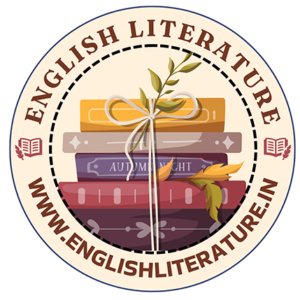
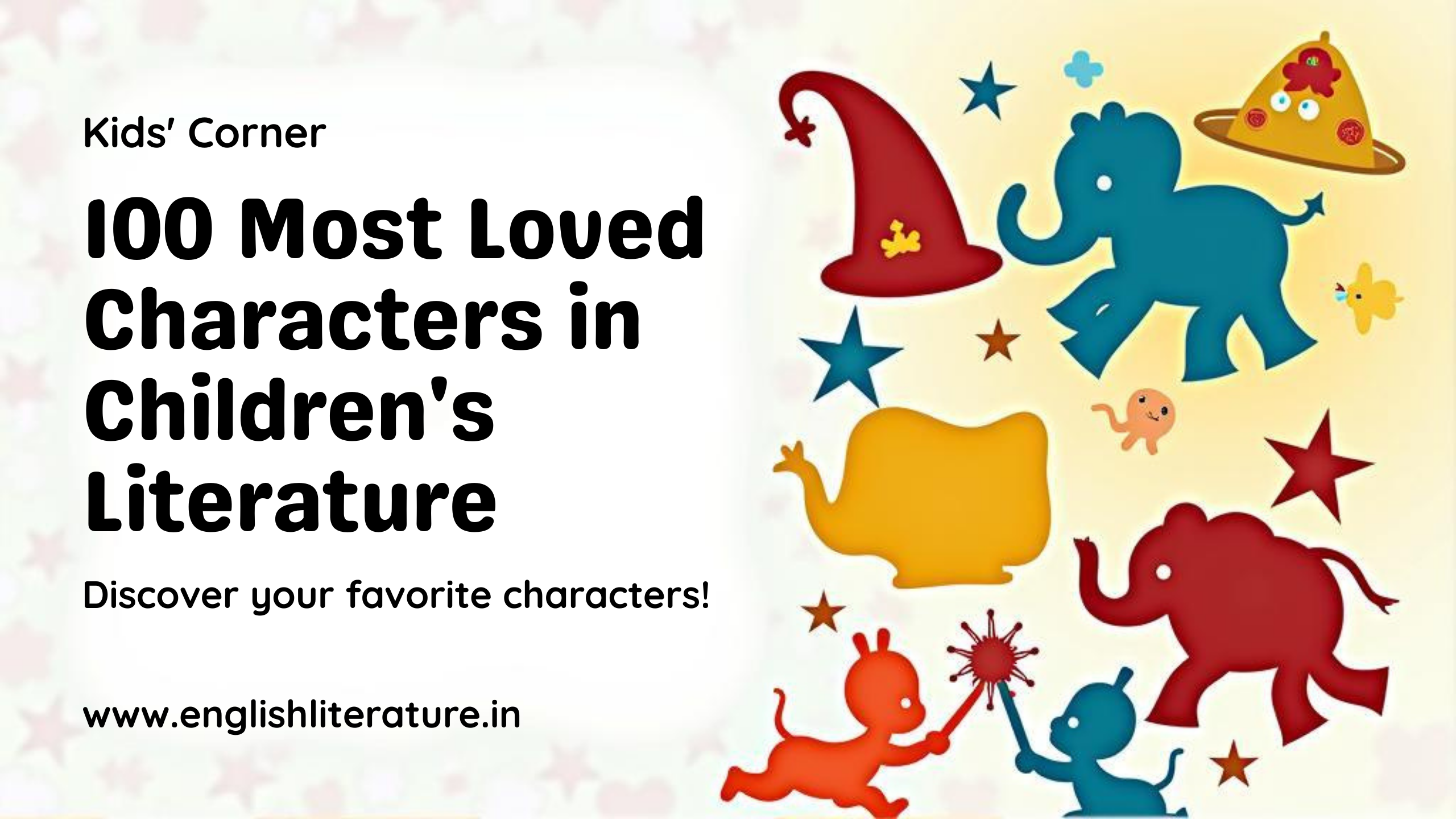
Excellent blog here! Also your site rather a lot up fast! What host are you the use of? Can I am getting your associate hyperlink for your host? I wish my web site loaded up as fast as yours lol